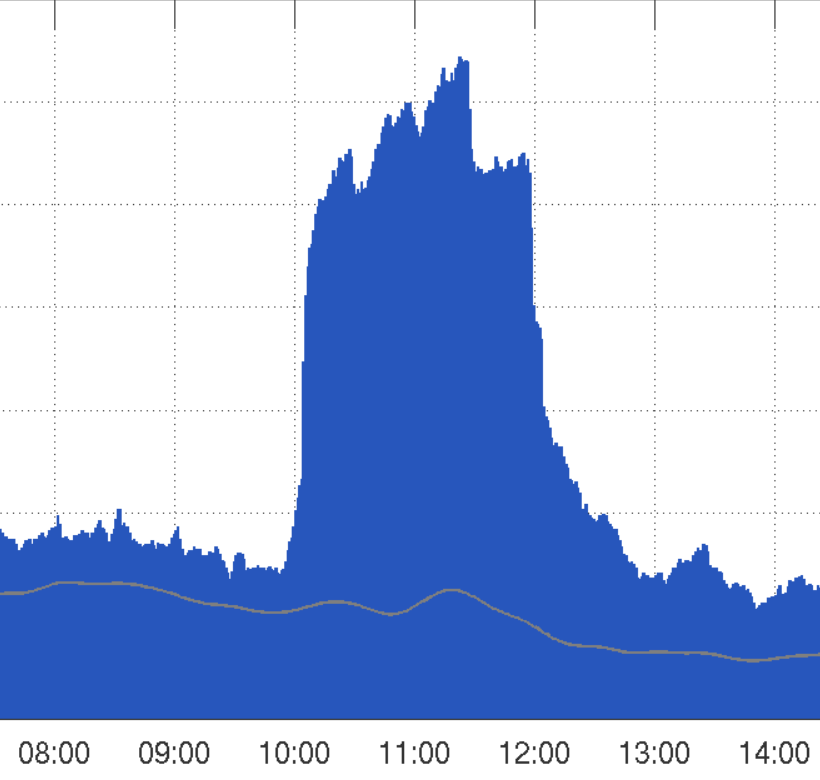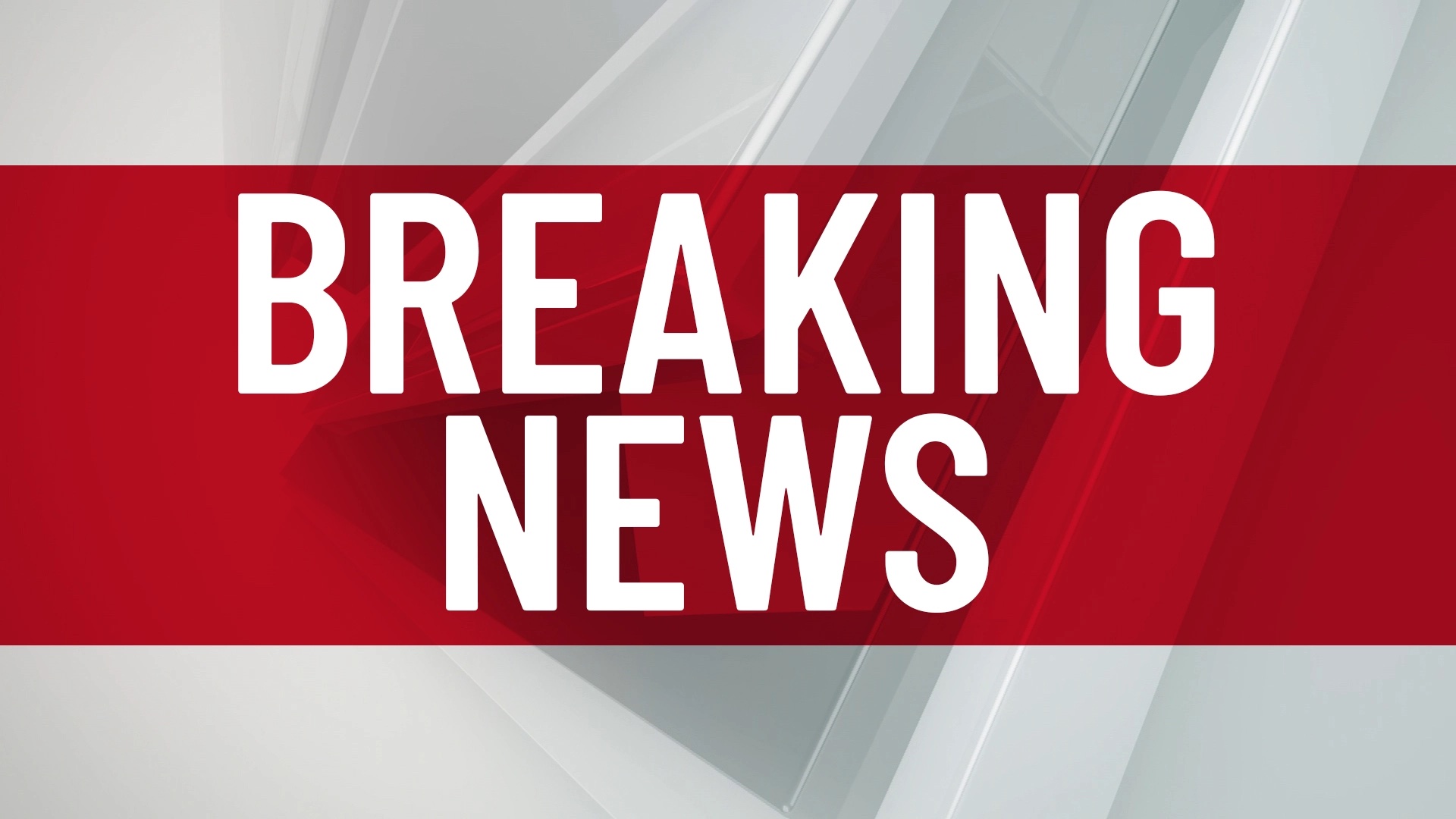Unfortunately, our day to day has become an avalanche of breaking news. Maybe not as a Radio professional, but as a regular earthling, I miss our previous more uneventful daily life. I’m sure I’m not the only one.
In today’s Radio, breaking news commonly equals notifications pushed on stations’ iOS/Android apps. The staff in charge of pushing notifications at your station should be careful with their usage though.
Notifications are tools. Like every tool, they can be brilliantly used, or hugely misused. Tools help us make, repair or improve something. You don’t use them just for the sake of wielding them, right?
If your station is pushing a notification every single time Reuters releases a relevant note and linking it to a post on your website containing only the brief body text from the news agency, you goal is probably just increasing clicks. Well, or keeping your listeners up to date. That’s legit.
Let’s talk Time Spent Listening generation now, more core to Radio business. Several times in the past, we (at Voizzup) have seen data showing massive spikes in tune-ins when an alert is pushed to app listeners. When that’s not followed by a coverage on the matter (which justifies the notification in the first place) or there is a brief coverage, not adding information of value to the text already displayed in the alert, a spike in tune-outs of similar dimensions happens subsequently.
That notification doesn’t translate into a listening time increase. Actually, I need to be more precise: total listening hours increase (significantly? unlikely), average listening time probably even DECREASES (more listeners of very short listening). I would go further. I believe this is a missed opportunity. An unfulfilled expectation. A big chunk of listeners disappointed.
The opposite occurs if a station launches app notifications only when these conditions are met:
- The topic is relevant and justifies an interruption event for listeners.
- Your team is ready to react fast and generate content related to the matter or add information, inputs or context to the news.
- The call to action is “tune in”, “live”, “listen now” or similar. Tapping on the notification triggers a streaming start.
- There’s no gap or wait for the listener between the alert and the coverage on the story.
- The on-air team extends the length of the coverage for as long as it’s relevant, justified and of added value.
- If you need to pause the coverage but plan to resume it later, communicate it clearly to your listeners. As detailed as possible: “We will return to this developing story in 10 minutes”.
- You can always push new notifications reminding listeners that you continue covering the matter.
The first difference between this type of notification-push behaviour (the important thing is what you do on-air, not the alert which is just a tool) with the first ones (without valuable on-air coverage) is very graphic. For measuring listening time increments, we need to look NOT at the height of the spike in Reach, but the width.

In this graph, we see Reach (simultaneous active listeners) minute by minute in blue. The grey line is the average Reach in the same day of the week, in the previous five weeks.
When a notification is not followed by a broadcast focused on the specific story, we see a high but narrow spike. There’s a big increase in tune-outs after the increase in tune-ins. Many of the listeners who tuned-in because of the pushed alert, tune out right after. Used this way, notifications won’t do much, in the best possible scenario. In the worst one, they will do more harm than good.
In the case of the graph, the call to action was “listen live to the special programming”. The length of the spike (I doubt it can be described as a spike anymore) is two hours long. The exact duration of the special coverage. In this specific day and station, it translated into Total Listening Hours 80% higher than average.
A notification is just a tool, a call to action. For when your on-air team is ready to deliver. If your team is capable of reacting timely to developing stories, notifications are an amazingly powerful way to communicate the unexpected or extraordinary events on-air. I wish we had something similar for FM. (I believe we can assume smartphone push notifications also trigger tune-in’s on FM).
Above, I said the opposite to disappointing listeners happens when you consistently use alerts in such manner. If listeners find outstanding coverage on your station every time remarkable news break, tuning you for breaking news will become a habit. With or without notifications. As a tool, notifications can only accelerate that process.




